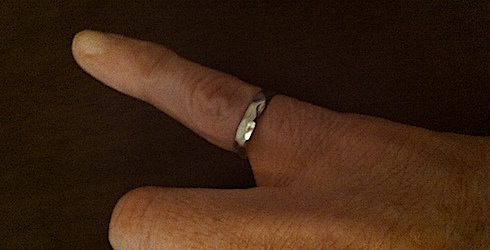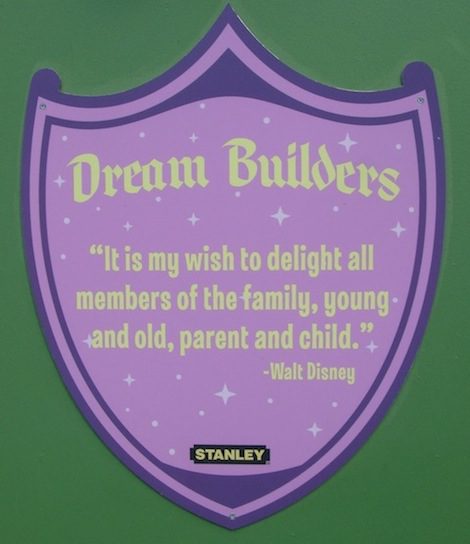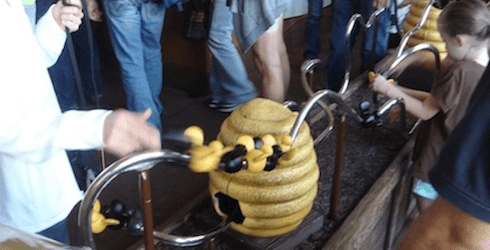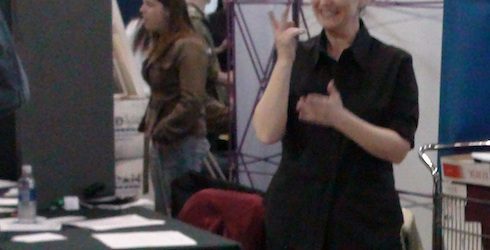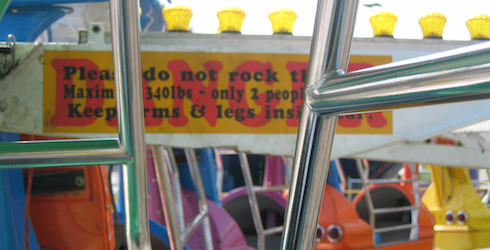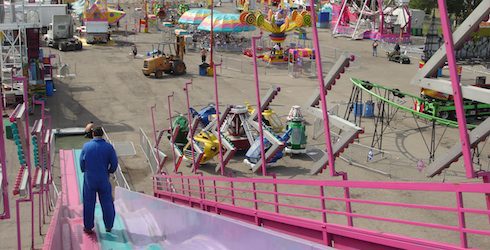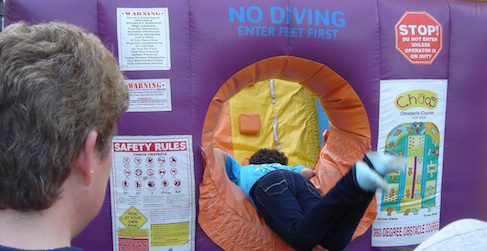
Are we on the right page when we are trying to prevent misuse in the public / consumer environment?
Statistics consistently show that amusement ride injury investigators identify human behaviour as antecedents to failure, including the omission of actions that were required, actions performed which should not have been, and actions that were not performed with sufficient speed and accuracy.
Continue reading “Behaviour malfunction”
